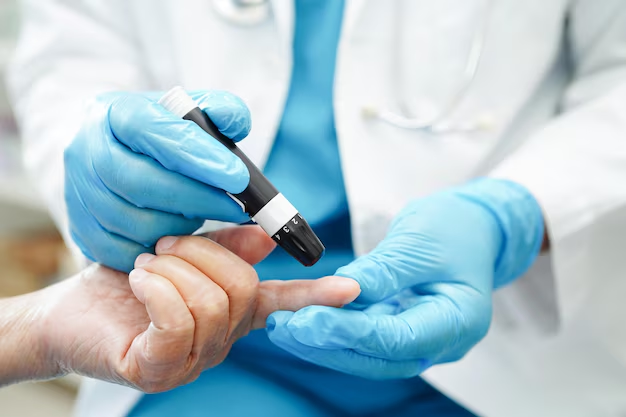Discover the Essential Tests for Diagnosing Diabetes
Diabetes is a growing health concern, impacting millions worldwide. Identifying this condition early on can make a significant difference in managing or even preventing the disease from taking a firmer hold. So, how exactly do healthcare providers test for diabetes, and what can you expect?
The Basics of Diabetes Testing
Testing for diabetes typically involves assessing the blood sugar levels to determine if they're within a normal range. Here's what you can expect:
Fasting Plasma Glucose (FPG) Test: This test measures blood sugar after you’ve fasted for at least eight hours. It’s a straightforward method used to diagnose diabetes or pre-diabetes. A result of 126 mg/dL or higher traditionally indicates diabetes.
Oral Glucose Tolerance Test (OGTT): This in-depth test assesses your body’s response to sugar. After fasting, you’ll consume a glucose-rich beverage, and your blood sugar levels will be checked periodically over a few hours. A reading of 200 mg/dL or higher after two hours is indicative of diabetes.
Hemoglobin A1c Test: Unlike others, the A1c measures your average blood sugar levels over the past two to three months. It provides a window into how your body manages glucose over time. A result of 6.5% or higher signifies diabetes.
Random Plasma Glucose Test: As the name suggests, this test can be done at any time without fasting. A level of 200 mg/dL or higher, especially if you’re experiencing symptoms like increased thirst or frequent urination, indicates diabetes.
Understanding these tests and discussing the results with a healthcare provider is crucial in confirming a diabetes diagnosis.
Beyond Health: Navigating Financial Aid and Support
The cost of managing diabetes can be daunting, and understanding the financial aspect is equally vital. Fortunately, there are resources and programs to help ease the burden.
Financial Assistance and Education Opportunities
🤝 Government Aid Programs: Many governments offer healthcare assistance programs. Research your local or national health departments to see what they provide for diabetes care.
💳 Credit Solutions for Healthcare Costs: Numerous financial institutions offer credit solutions tailored for medical expenses. These could be a practical choice if your insurance doesn’t cover certain aspects of diabetes care.
📚 Educational Grants: Education about diabetes management is crucial. Some organizations offer grants that cover educational resources or courses, empowering you to manage your health better.
🏥 Non-Profit Organizations: Many non-profits focus on supporting diabetes patients, offering everything from informational resources to direct financial support.
👏 Community Health Centers: Often, local health centers offer affordable or sliding-scale services for diabetes testing and management, providing an essential service for those without comprehensive insurance coverage.
Incorporating financial strategizing into your health planning is a wise move. Finding the right support can significantly ease the stress of managing diabetes, allowing you to focus on what truly matters—your health.
📊 Summary Table: Key Support Options for Diabetes
| 💡 Support Type | 📝 Description |
|---|---|
| 🤝 Government Aid | Health care programs offering financial assistance for diabetes management. |
| 💳 Credit Solutions | Specialized credit options to cover healthcare-related costs. |
| 📚 Educational Grants | Funding for educational resources on diabetes management. |
| 🏥 Non-Profit Support | Assistance programs for education and financial aid. |
| 👏 Community Health | Local centers providing affordable diabetes services. |
Understanding diabetes and the financial aspects related to its management is a comprehensive journey. With the right tests and support systems, navigating this condition becomes more manageable, allowing individuals to lead healthier and more informed lives.
